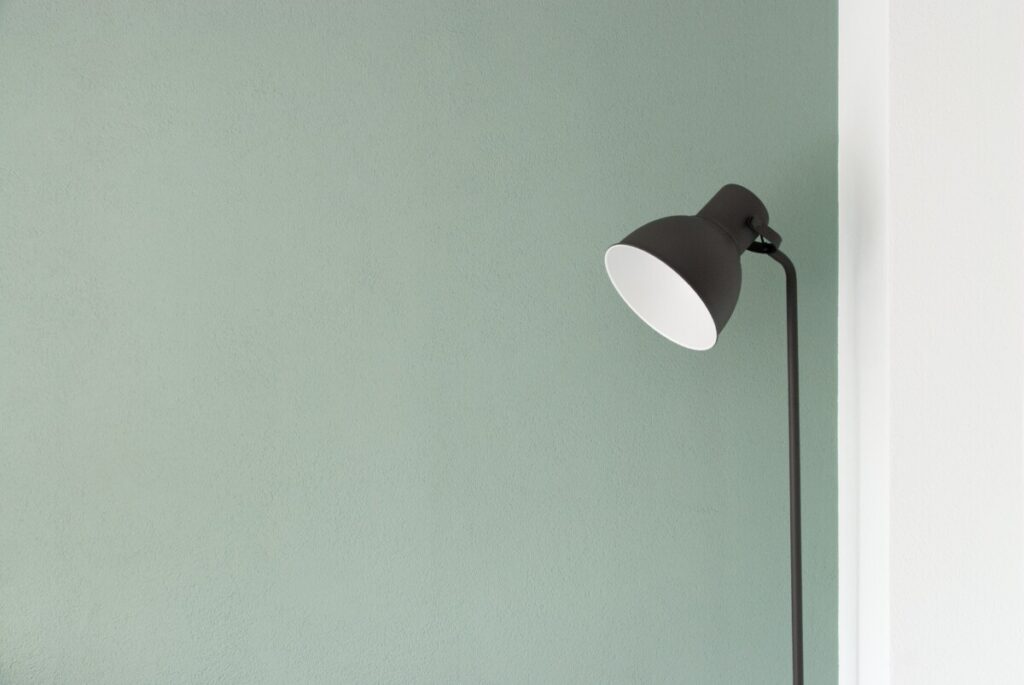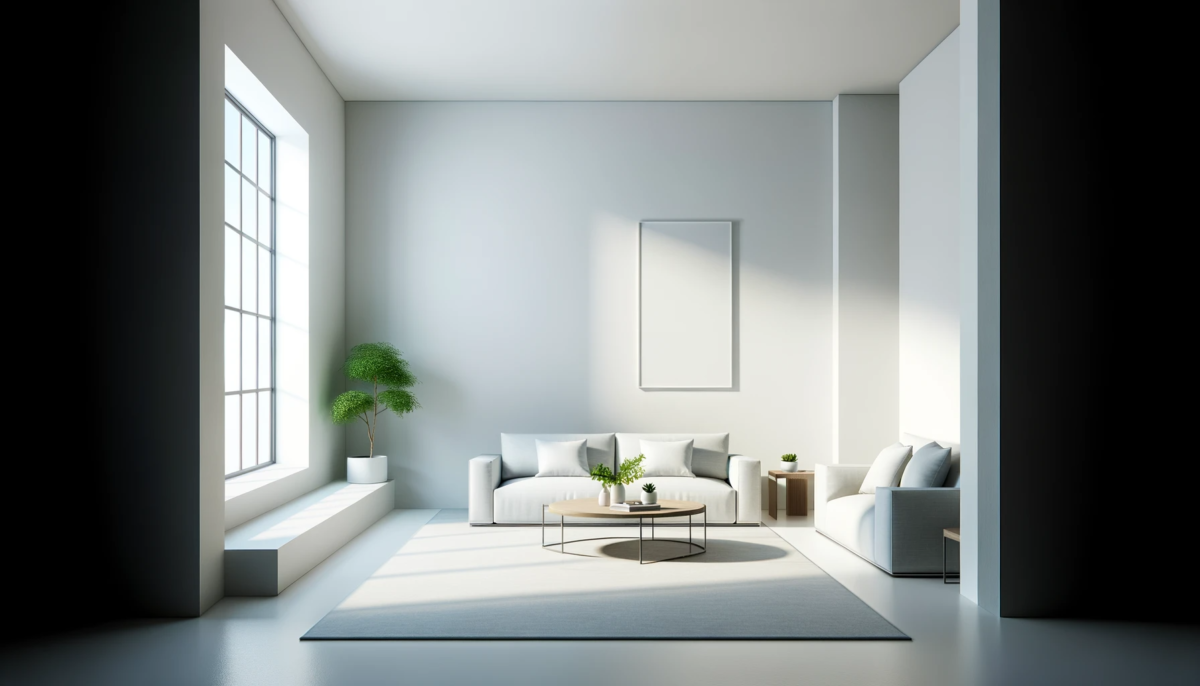In a world cluttered with material possessions and endless to-do lists, the minimalist lifestyle emerges as a beacon of simplicity and serenity. At its core, minimalism is about stripping away the non-essential to make room for what truly matters. This lifestyle choice isn’t just about having fewer items; it’s a holistic approach to life that advocates for simplicity in all areas, leading to greater happiness and mental clarity.
Understanding Minimalism
Minimalism isn’t a one-size-fits-all concept. It’s a personal journey towards reducing excess in our lives. This can mean different things for different people: for some, it’s about owning fewer possessions, while for others, it’s about simplifying routines and commitments. The key is to identify what is essential and what brings joy, and to let go of the rest.
The Magic of Decluttering
The first step in embracing minimalism is often decluttering. This process goes beyond mere cleaning; it’s about consciously choosing which items to keep and which to let go. Marie Kondo, a tidying expert, suggests keeping only those things that “spark joy.” When decluttering, ask yourself: Does this item add value to my life? Have I used it in the past year? Could someone else benefit more from it? By answering these questions, you can make more mindful decisions about what stays and what goes.
Simplifying Your Routines
Minimalism also applies to how we structure our days. Simplifying routines can lead to a more organized, less stressful life. This might mean automating bill payments, decluttering your digital life, or setting up a capsule wardrobe to reduce decision fatigue each morning. The goal is to create routines that streamline your daily tasks, leaving you more time and energy for activities that bring you joy.

Psychological Benefits of Living with Less
Living a minimalist lifestyle has profound psychological benefits. By owning fewer things and simplifying routines, people often experience reduced anxiety and a greater sense of freedom. Without the burden of excess possessions, there’s less to clean, maintain, and worry about, leading to a more peaceful and focused mind.
Moreover, minimalism encourages living in the present moment. When you’re not constantly distracted by material possessions or an overcrowded schedule, you can more easily engage with the present, leading to increased mindfulness and happiness.
Implementing Minimalism in Your Life
- Start Small: Begin with a single room or a particular category of items. This could be your wardrobe, books, or kitchenware.
- Set Clear Goals: Understand why you want to adopt minimalism. Is it to reduce stress, save money, or live more sustainably? Keeping your goals in mind can motivate you through the process.
- Embrace Quality Over Quantity: Invest in high-quality items that last longer, rather than cheap items that need frequent replacing.
- Limit New Purchases: Before buying something new, ask yourself if it’s necessary. Wait for a few days before making a decision to avoid impulse buys.
- Simplify Your Schedule: Learn to say no. Prioritize activities that align with your values and bring you happiness.
Conclusion
The minimalist lifestyle is a journey towards simplicity and intentionality. It’s about making more room for happiness, peace, and fulfillment by eliminating the unnecessary. By decluttering your space and simplifying your routines, you open up new avenues for mental and emotional well-being. Remember, minimalism isn’t about deprivation; it’s about finding abundance in less.



